With Alexandre Mulongo Finkelstein
Multimedia installation, 5 photographs 40 x 60 cm, a book edition A4, 309 pages, limited edition / print on demand, two texts
« Je vis à Lubumbashi depuis plusieurs années sans connaitre son histoire profonde. Ma ville est née de l’activité minière qui a façonné sa structuration. L’U.M.H. K, Gécamines après l’indépendance, a fonctionné comme un Etat dans un Etat. Des retentissements de la sirène qui rythmaient les phases des journées de travail aux jours de paie, ces ambiances ont forgé ma représentation du monde du travail. Tout tournait autour de la Gécamines, elle était le fleuron de l’industrie congolaise et le socle de l’économie nationale.
En interrogeant le passé du bâtiment Solvay et les archives de la CEPSI, je suis entré en immersion dans une réalité conçue sur mesure. Au-delà des normes liées à l’organisation du travail, le pouvoir colonial a entrepris le formatage des populations. Pour nous rendre plus productif, il a détruit une partie de notre patrimoine culturel jusqu’à créer une culture hybride. Par les éléments de langage, les habitudes alimentaires, l’art de vivre ; sans le savoir, je suis l’héritier d’une politique pensée pour que je sois à la fois exécutant et transmetteur.
De la CEPSI, il reste encore cette bibliothèque, l’empreinte d’un passé qui révèle comment un groupe d’hommes a contribué à mettre en place un système social. Nos (bis)aïeuls et nos géniteurs ont été des éléments de ce grand puzzle. Aujourd’hui, la réalité est différente mais nous avons en commun l’inconscient collectif des années glorieuses de l’industrialisation. » Alexandre Mulungo Finkelstein
« Je suis revenue de Lubumbashi, à la mi-novembre, avec un disque dur plein de photographies d’une bibliothèque appelée aujourd’hui CEPSE (Centre d’Exécution de Programmes Sociaux et Economique) anciennement appelée CEPSI (Centre d’Etude des Problèmes Sociaux Indigènes.), créée en 1946 par l’U.M.H K Gécamines.
Je m’étais rendue à Lubumbashi pour présenter mon film Medusa, suite à l’invitation de Rosa Spaliviero et de Sven Augustijnen à la Biennale dont le thème de cette édition était Toxicité. Lorsque j’ai montré ce film à Lubumbashi, les habitant.e.s connaissaient le nom de Solvay mais ce n’était pas pour les mêmes raisons. Solvay ne signifiait pas une usine mais un ancien Foyer Social de La Ruashi, une commune ouvrière de Lubumbashi. J’ai rencontré Alex Finkelstein Mulongo, un artiste du collectif Picha qui organisait la biennale. Nous avons tout les deux commencé une recherche pour comprendre cette histoire, et un jour, nous avons ouvert la porte de l’ancienne CEPSI. » Chloé Malcotti
"I've lived in Lubumbashi for several years without knowing its deep history. My city was born of mining activity, which shaped its structure. U.M.H. K, then Gécamines after independence, operated like a state within a state. From the sound of the siren that punctuated the phases of the working day to payday, these environments shaped my representation of the world of work. Everything revolved around Gécamines, the flagship of Congolese industry and the foundation of the national economy.
As I delved into the past of the Solvay building and the CEPSI archives, I was immersed in a reality that was tailor-made for me. Over and above the standards linked to the organization of work, colonial power undertook the formatting of populations. To make us more productive, it destroyed part of our cultural heritage to the point of creating a hybrid culture. Through elements of language, eating habits and the art of living; without realizing it, I am the heir to a policy designed to make me both an executor and a transmitter.
From CEPSI, this library still remains, the imprint of a past that reveals how a group of men contributed to setting up a social system. Our (bis)forefathers and foremothers were part of this great puzzle. Today, the reality is different, but we share the collective unconscious of the glorious years of industrialization." Alexandre Mulungo Finkelstein
"I returned from Lubumbashi, in mid-November, with a hard disk full of photographs of a library now called CEPSE (Centre d'Exécution de Programmes Sociaux et Economique), formerly CEPSI (Centre d'Etude des Problèmes Sociaux Indigènes.), created in 1946 by U.M.H K Gécamines.
I went to Lubumbashi to present my film Medusa, following an invitation from Rosa Spaliviero and Sven Augustijnen to attend the Biennale, whose theme this year was Toxicity. When I showed this film in Lubumbashi, the locals knew the name Solvay, but not for the same reasons. Solvay didn't mean a factory, but a former Foyer Social in La Ruashi, a working-class commune in Lubumbashi. I met Alex Finkelstein Mulongo, an artist from the Picha collective who was organizing the biennial. We both started researching to understand this history, and one day, we opened the door of the former CEPSI." Chloé Malcotti

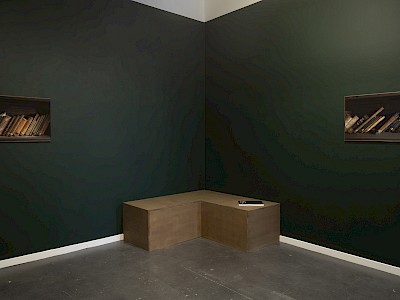
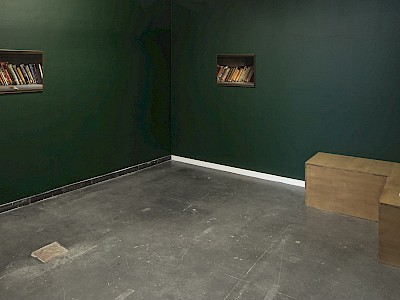
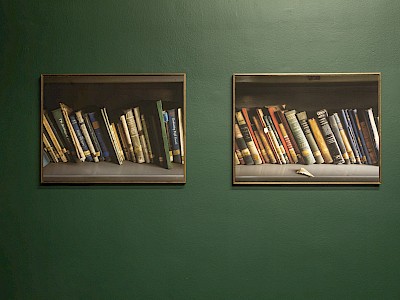

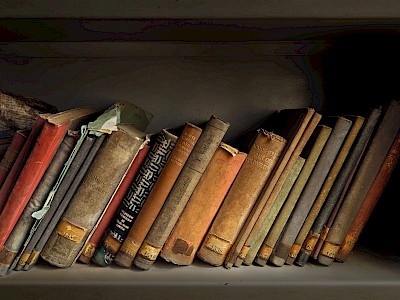
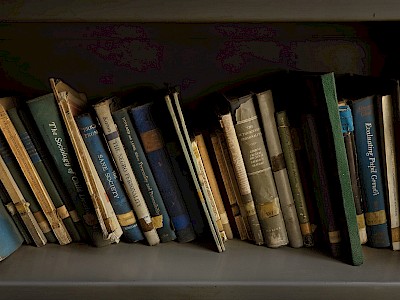
- kazi_ndjo_mama_kazi_ndjo_baba_2023_full_book.pdf
merci à
Manon de Boer, Sven Augustijnen, Rosa Spaliviero, toute l’équipe de l’Atelier Picha et en particulier Jean-Sylvain Tshilumba Mukendi et Filip De Boeck, Ramazani Kasongo RK, King Amenophis, Meklis Ndaye Jean Louis, Axel Mwila, David Paternotte, Lola Podevijn, Veronica Reyes, Véronique Clette-Gakuba.







 is magic
is magic